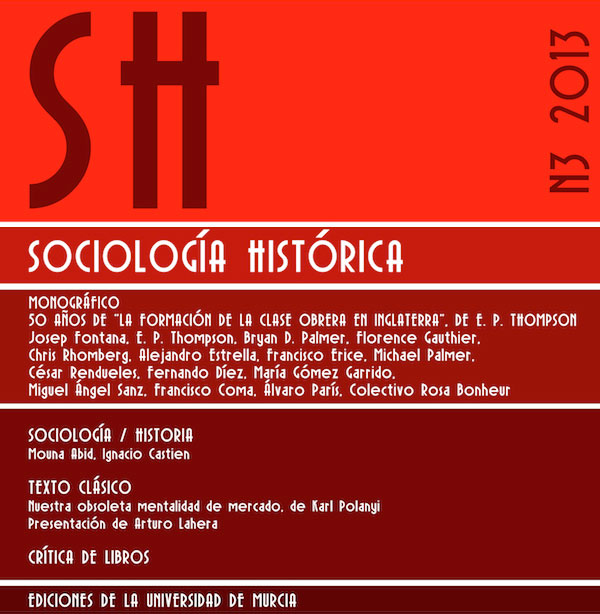At a crossroads. The third year of the arab revolutions
Abstract
The ongoing revolutionary processes in the Arab world have been analysed from many different perspectives. Among all these perspectives, there are two that stand out. On the one hand, those that emphasise the sociocultural characteristics of this region, and which sometimes take a certain “orientalist” approach. On the other hand, those that tend to subsume too easily these processes within an abstract and standard theory about modernisation and democratic transitions. While it is true that valuable contributions can be drawn from these two perspectives, both suffer from a trend towards unilateralism and formalism, however. It is therefore necessary to develop an alternative that take account of the complexity of the social structures along with the existence of different social and political forces at stake. At this point, the contributions of Marxism are of great interest. This analysis must, in turn, be linked more closely with a theory of modernisation devoid of certain teleological and evaluative tendencies.Downloads
-
Abstract316
-
PDF (Español (España))145
Las obras que se publican en esta revista están sujetas a los siguientes términos:
1. El Servicio de Publicaciones de la Universidad de Murcia (la editorial) conserva los derechos patrimoniales (copyright) de las obras publicadas, y favorece y permite la reutilización de las mismas bajo la licencia de uso indicada en el punto 2.
2. Las obras se publican en la edición electrónica de la revista bajo una licencia Creative Commons Reconocimiento-NoComercial-SinObraDerivada 4.0 España (texto legal). Se pueden copiar, usar, difundir, transmitir y exponer públicamente, siempre que: i) se cite la autoría y la fuente original de su publicación (revista, editorial y URL de la obra); ii) no se usen para fines comerciales; iii) se mencione la existencia y especificaciones de esta licencia de uso.
3. Condiciones de auto-archivo. Se permite y se anima a los autores a difundir electrónicamente las versiones pre-print (versión antes de ser evaluada) y/o post-print (versión evaluada y aceptada para su publicación) de sus obras antes de su publicación, ya que favorece su circulación y difusión más temprana y con ello un posible aumento en su citación y alcance entre la comunidad académica. Color RoMEO: verde.










